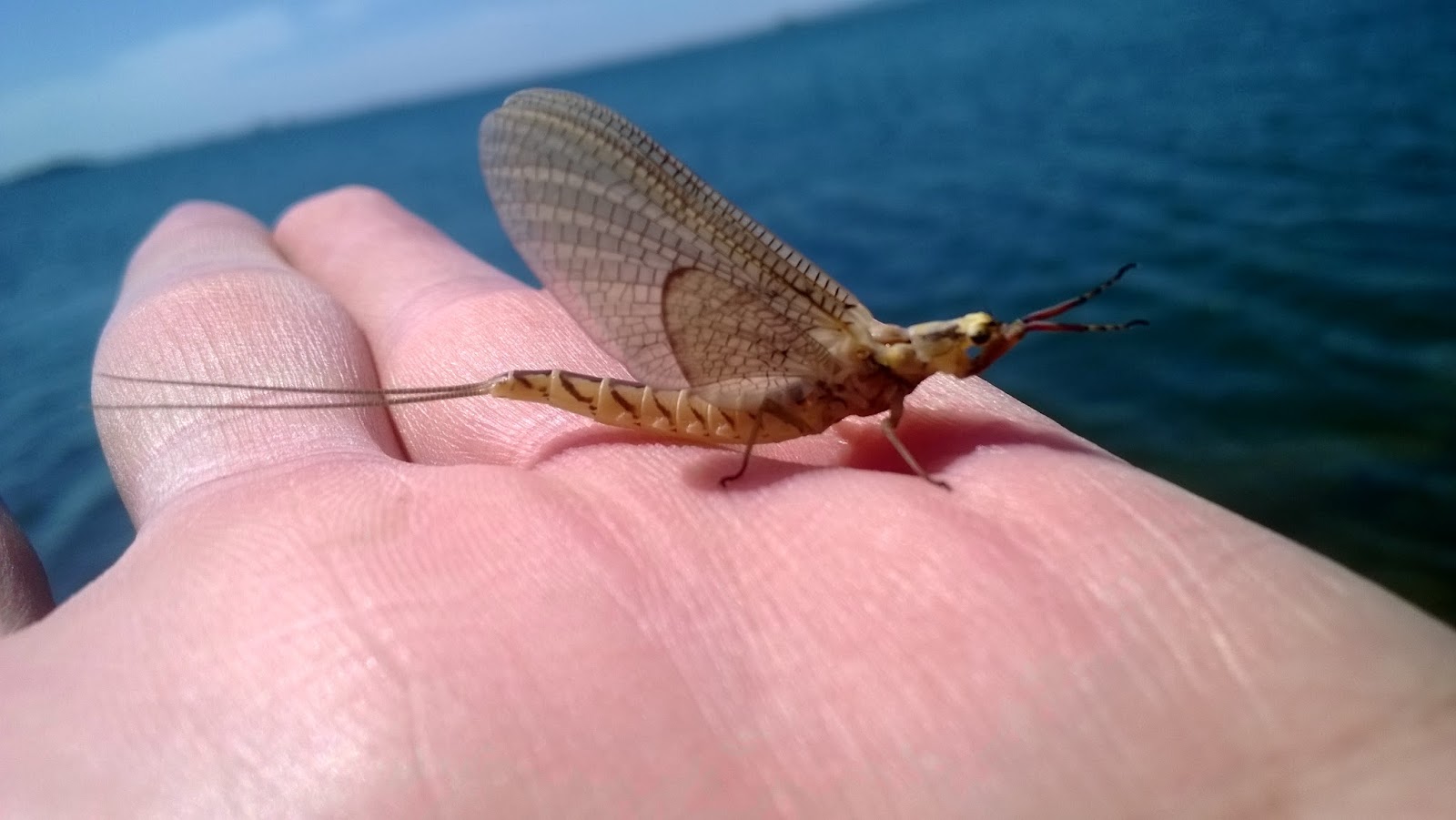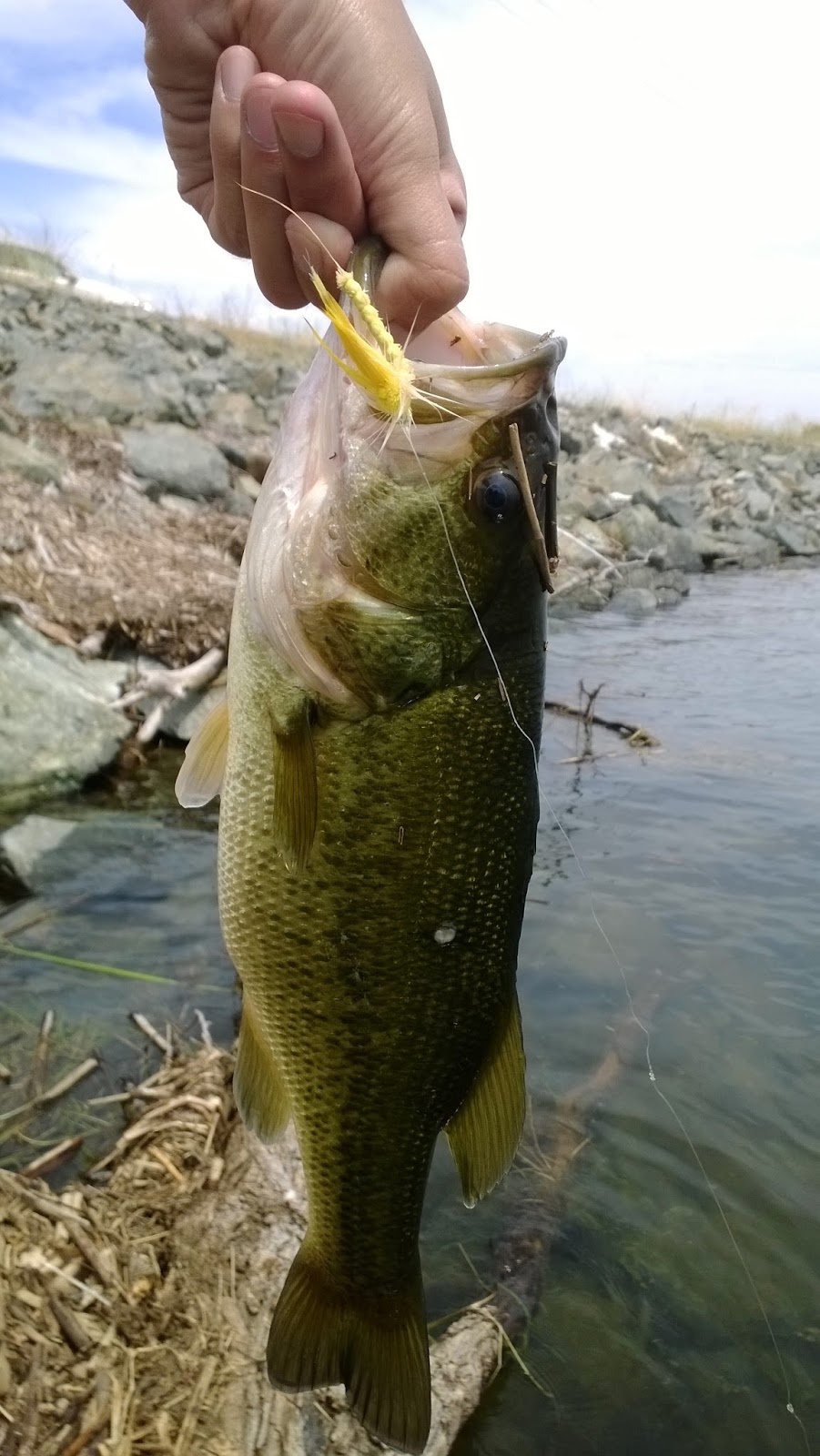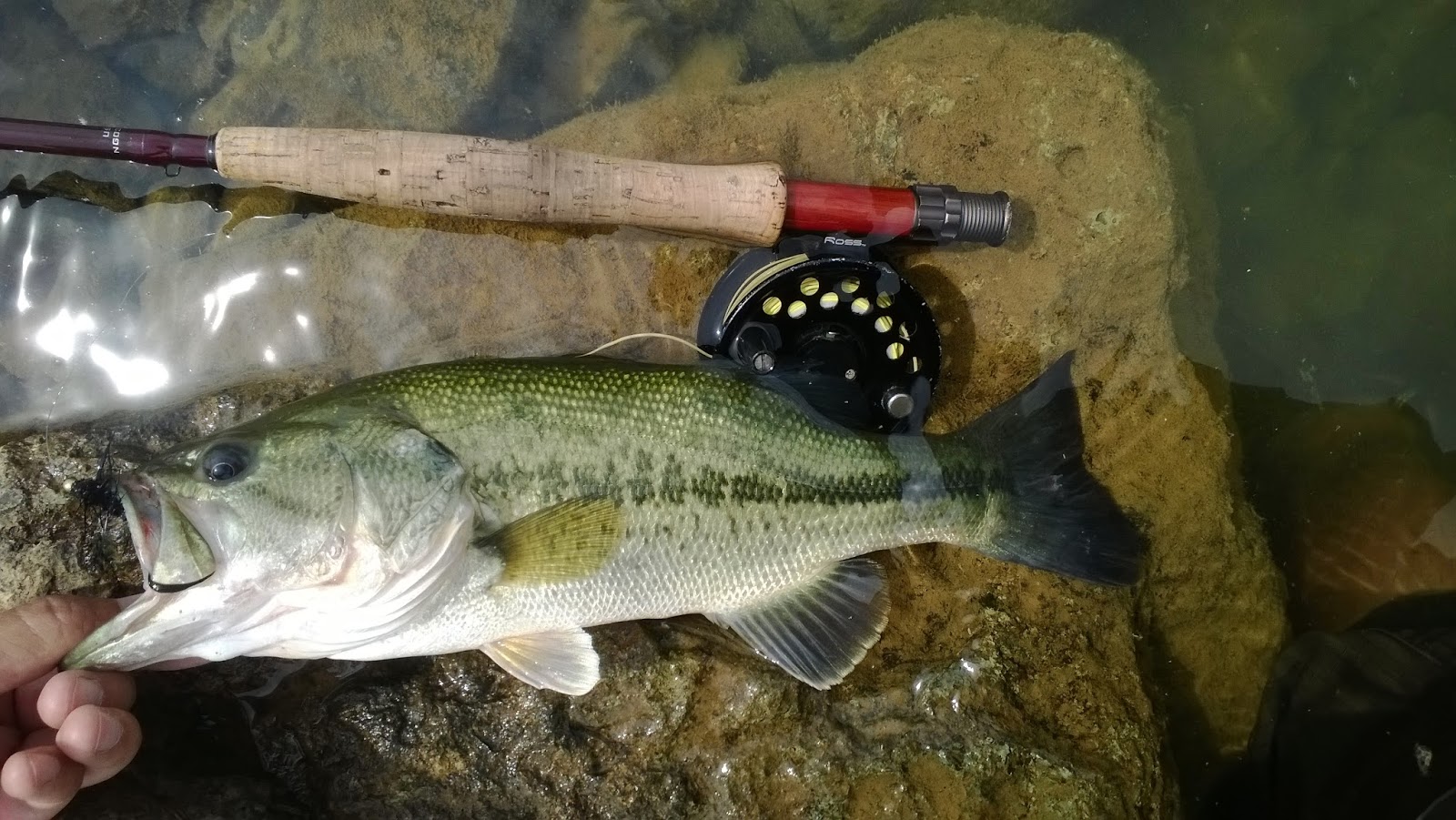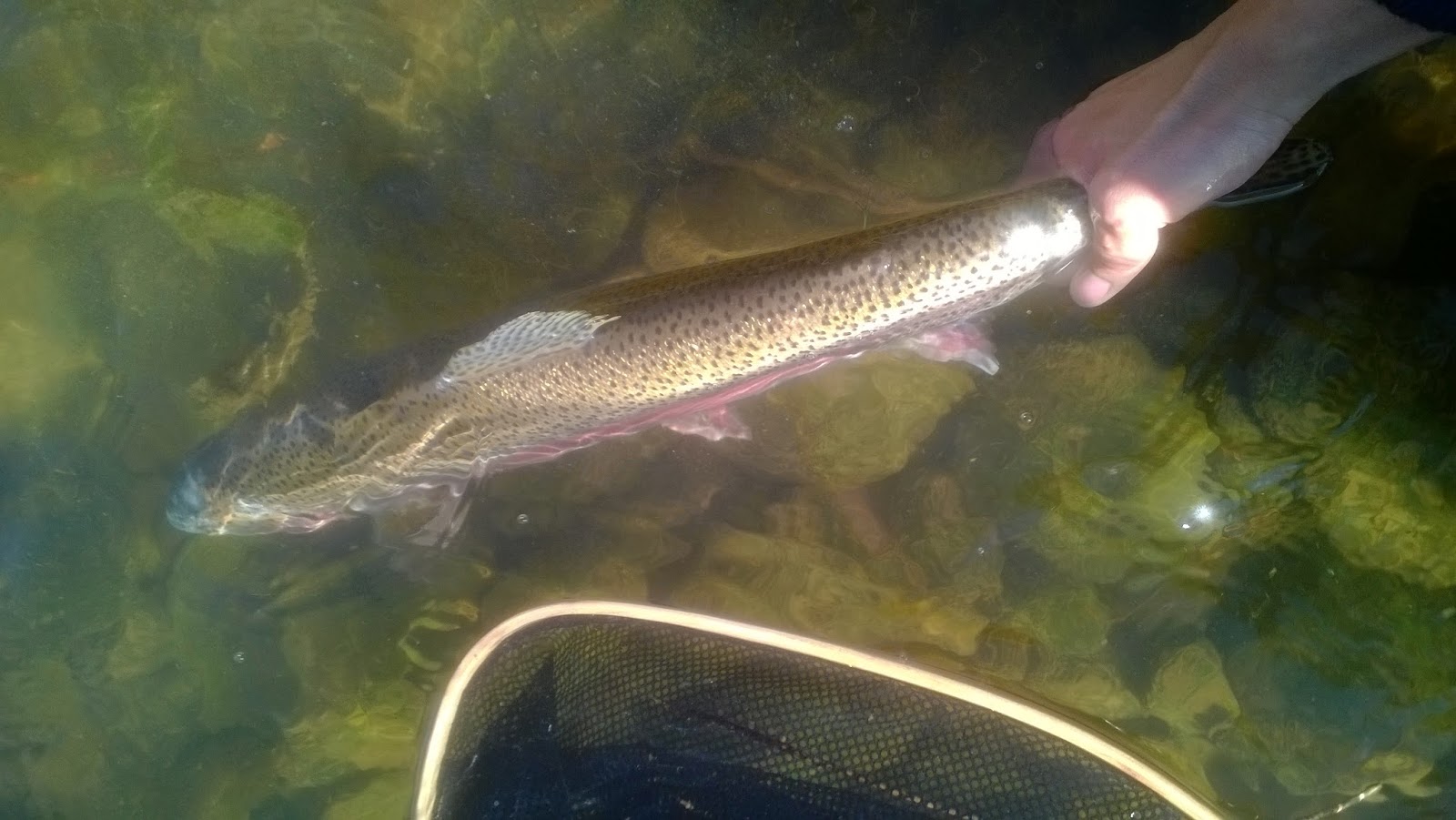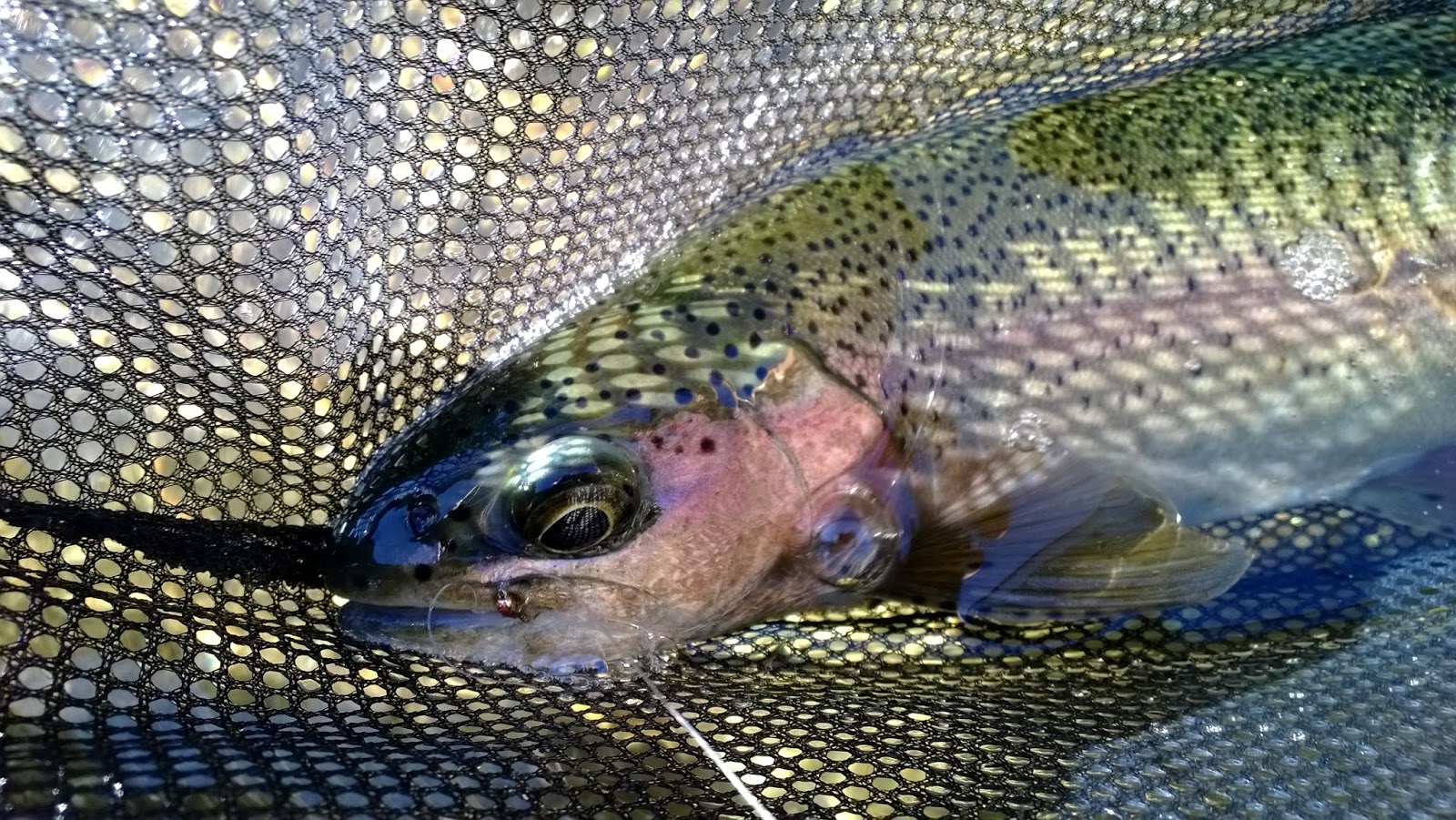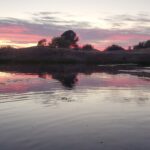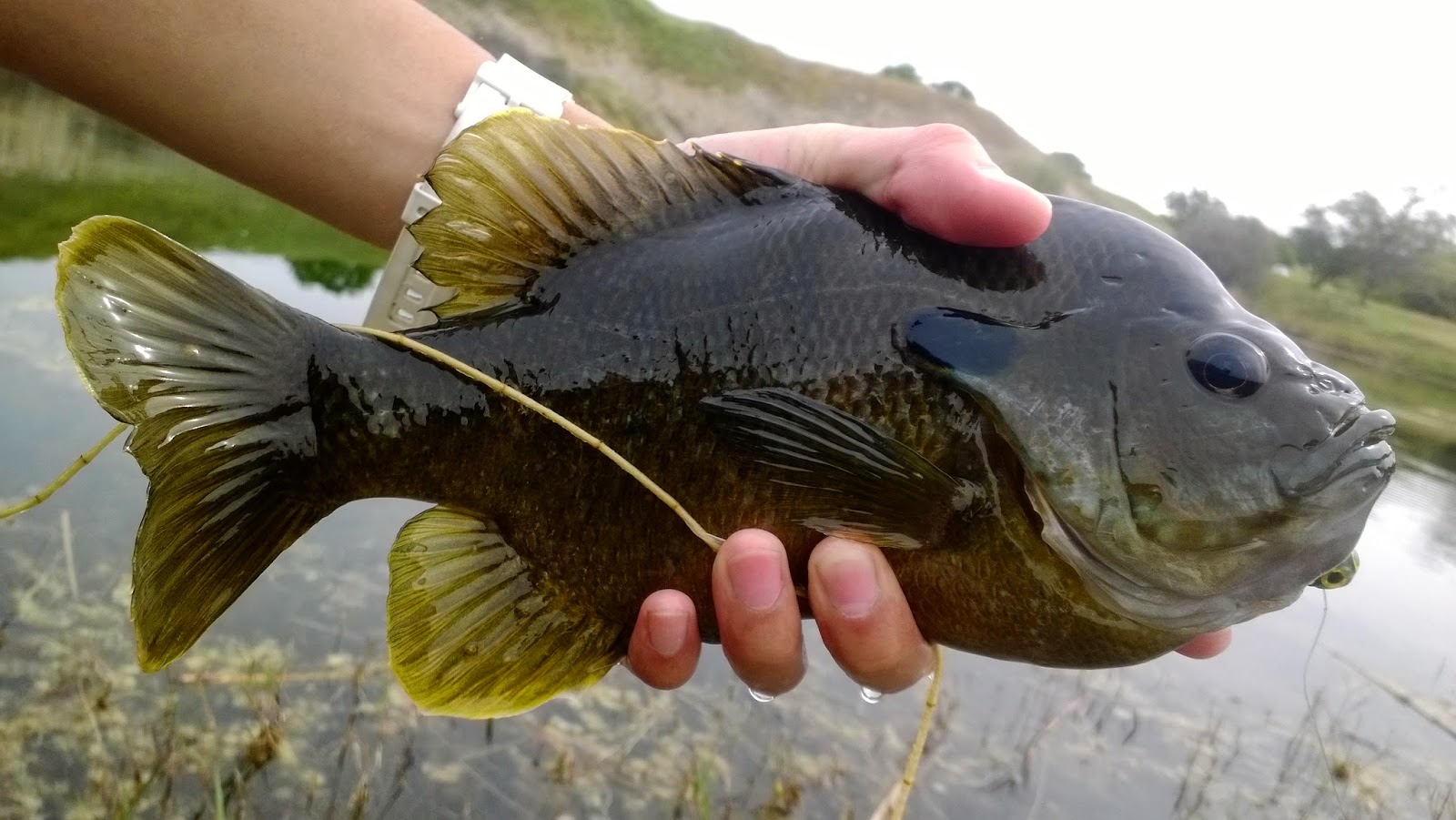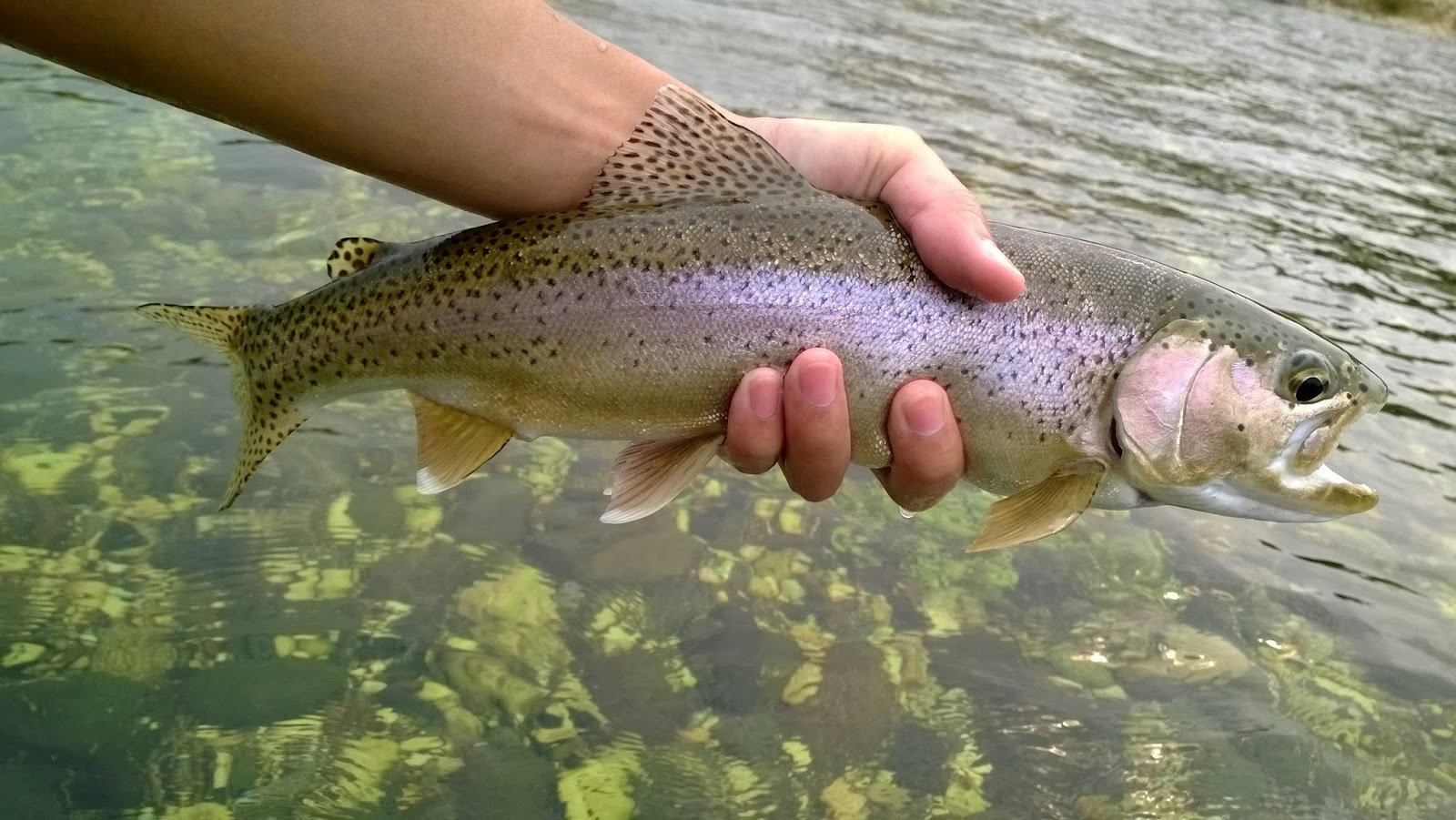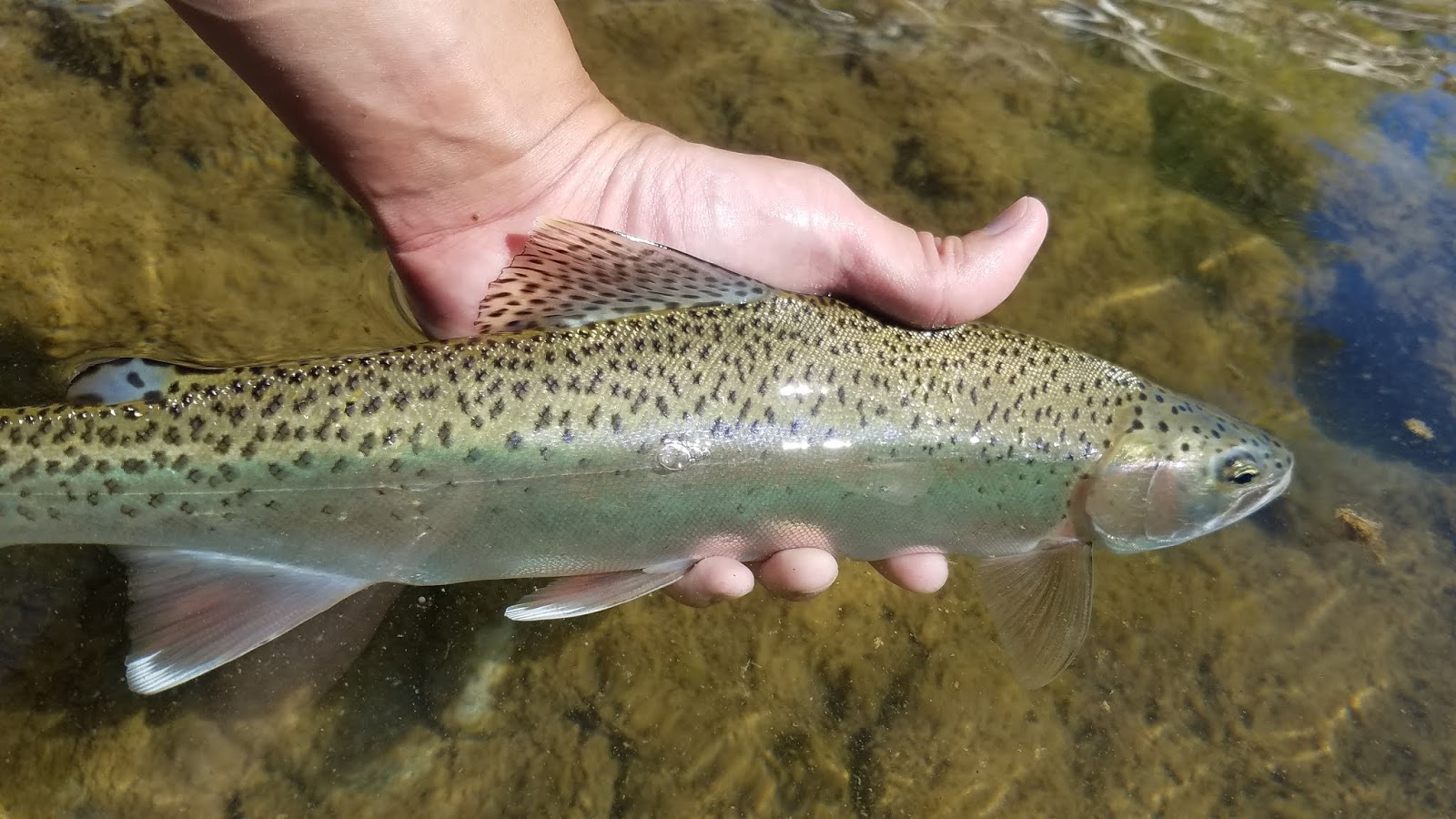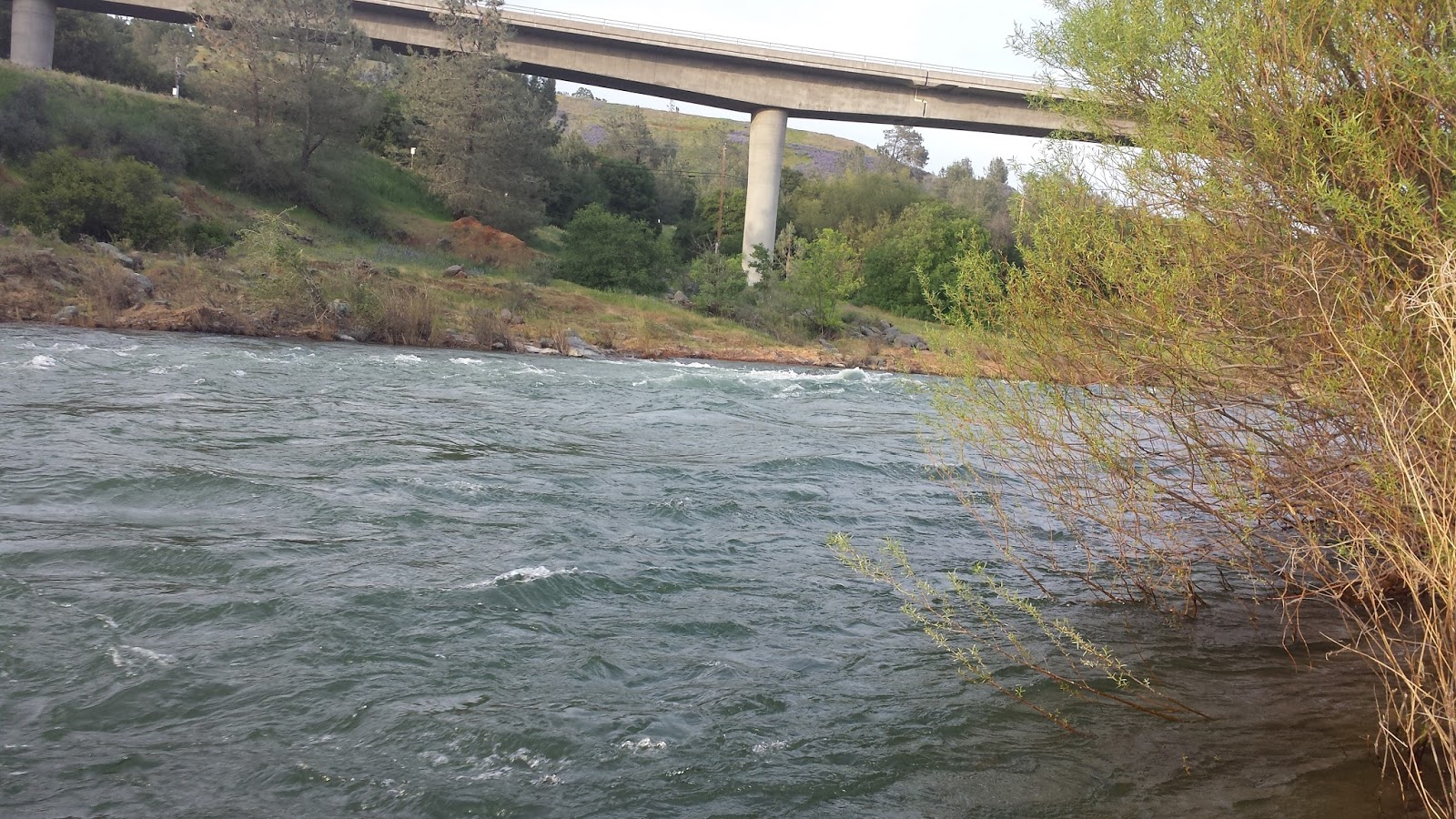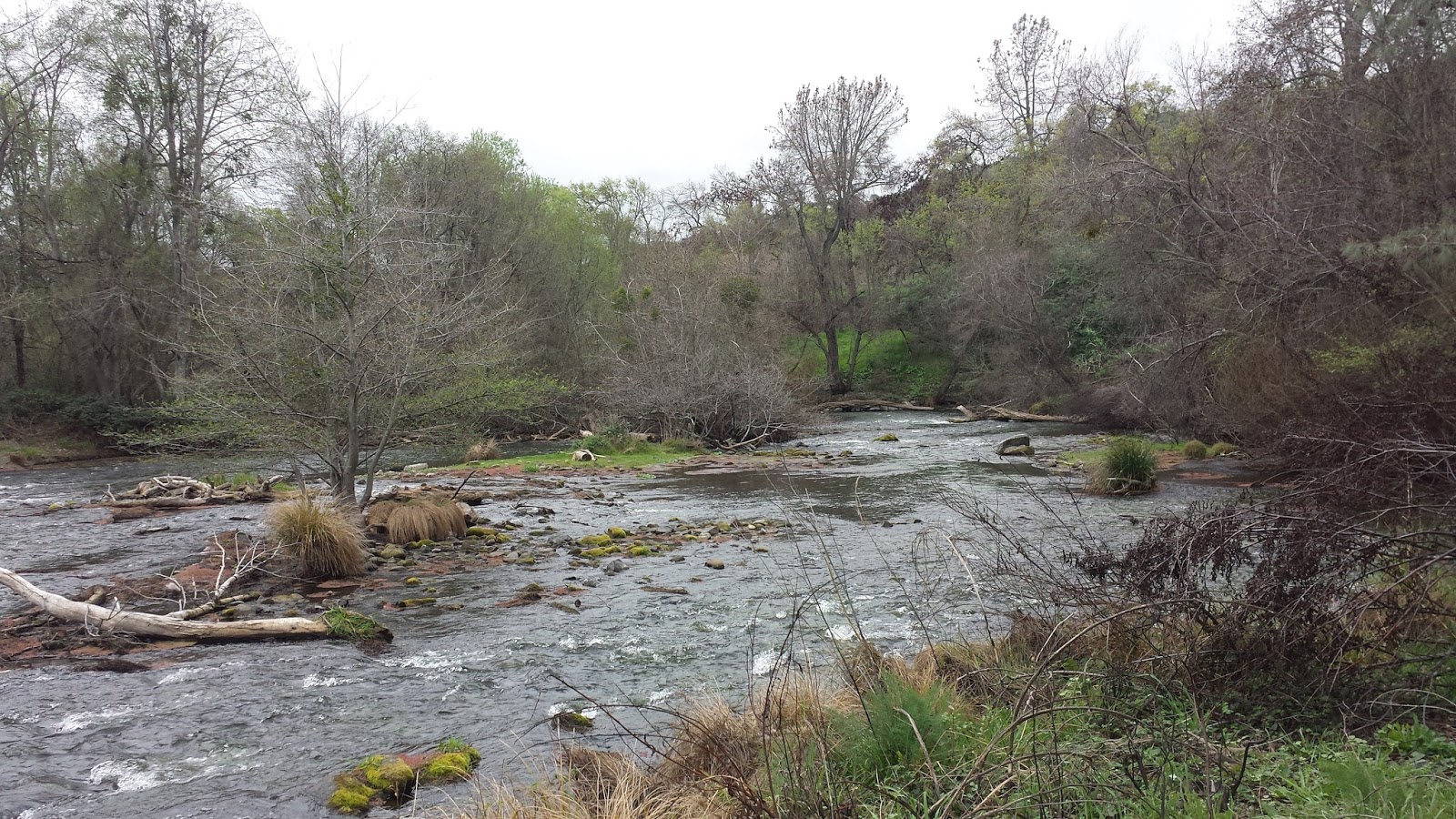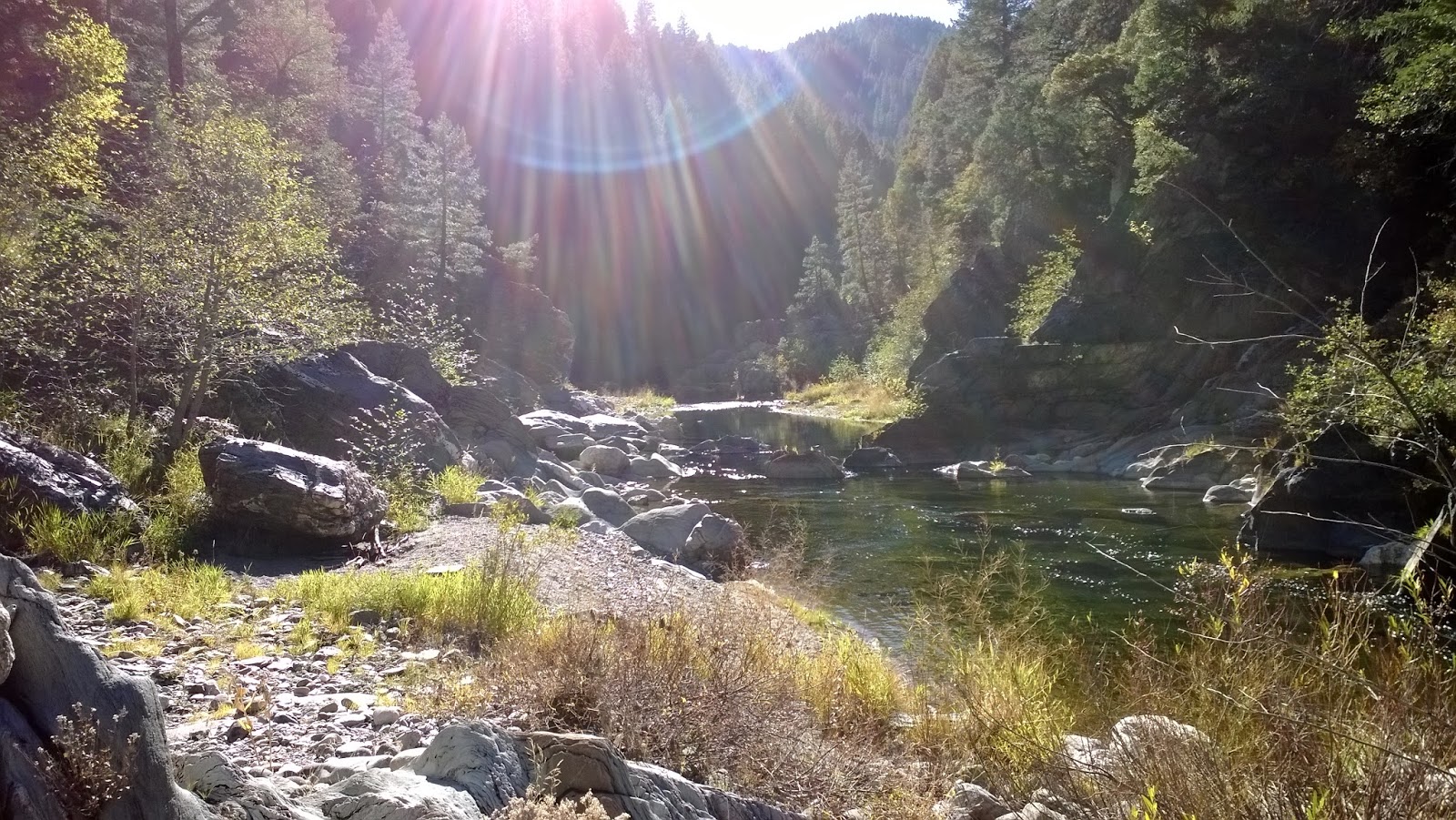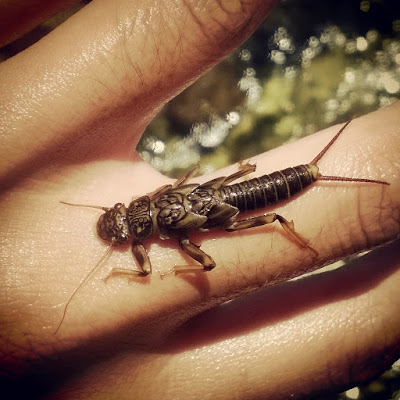 |
| Golden Delicious |
June is the month of the golden stonefly hatch throughout California. After rummaging and flipping a few rocks on the Yuba, I found that they were on the menu; both nymphs and adults. Although not as prolific and well-known as the salmon fly hatch or the local skwala hatch, active golden stones keep the fish looking for food throughout the day.
This weekend was laundry day and what better way to spend the day than to drive home to Marysville, use your parent’s washer and dryer, and fish? Friday was a toasty 102 degrees. The afternoon was spent doing laundry and once it cooled down in the evening, Nick and I set out to fish the goldfield.
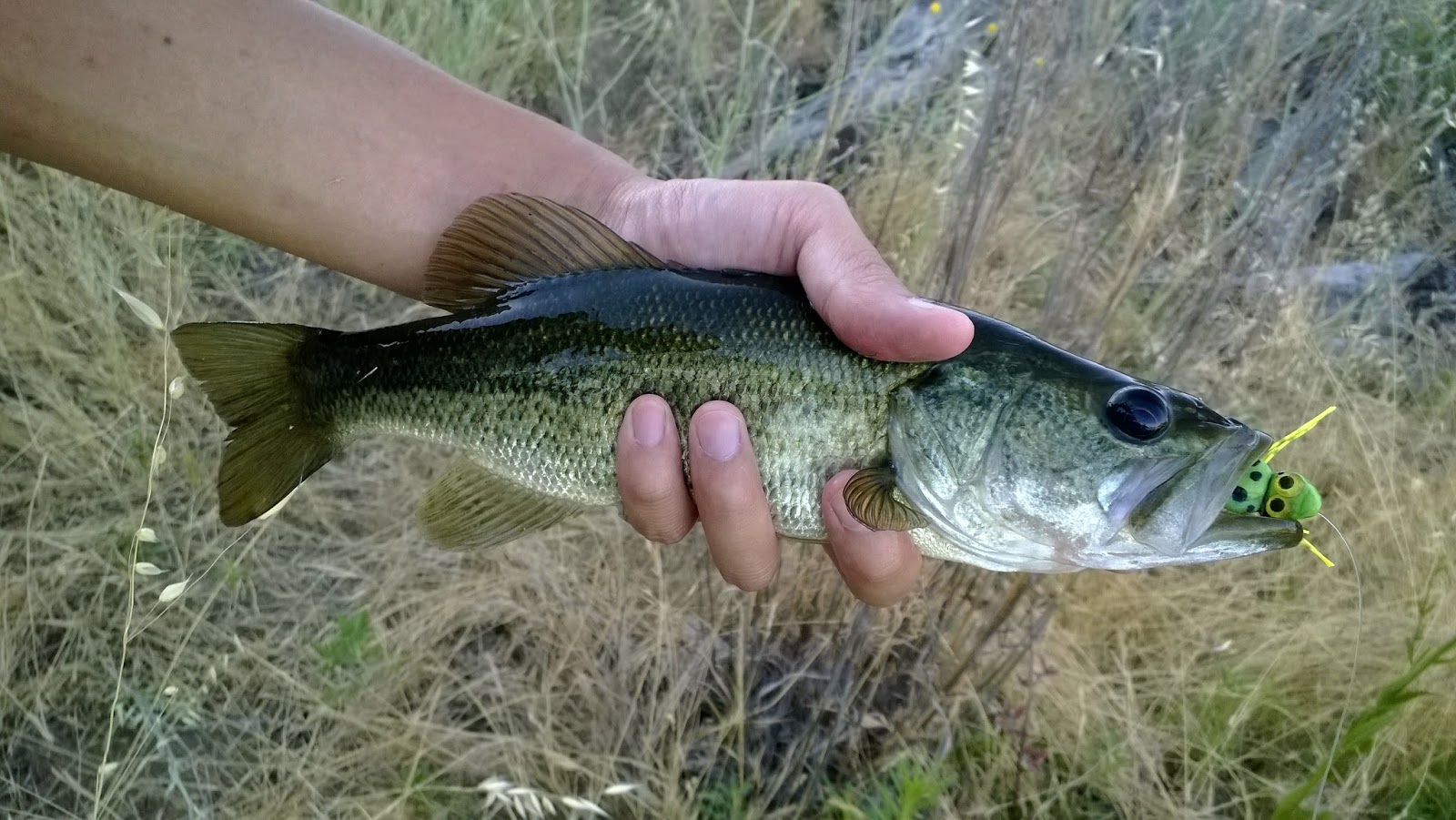 |
| Yummy STP Frog |
The fishing was a bit slow possibly due to the heat. We fished frogs most of the day and got a few hits here and there. The bluegills were biting more than the bass but they get big in that pond so it was still a fight getting them in. As the sun started to go down the fishing got better. The big fish started to show and we caught a few explosive largemouth before it got too dark.
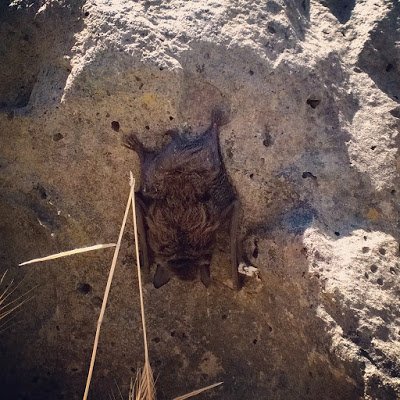 |
| Lil Bat Taking A Nap |
The next morning I set off early to fish the Yuba River above HWY 20 bridge. The water was pretty low so the wading was easy. Some of the riffles in this section have changed since the last time I visited. The Lower Yuba’s layout is know to change every once in a while due to the lack of structure in the water ie: boulders, large rocks, etc. This tailwater is made mostly of gravel freestone; a leftover remnant of the river’s gold dredging past. These rocks move around easily and shift from time to time due to the river’s flow. This effect can change the river’s layout and consequentially makes the Lower Yuba an interesting place to continue to visit and fish. Areas that were cross-able no longer are, deep holes become shallower or deeper, and the shallow riffles become new crossing points.
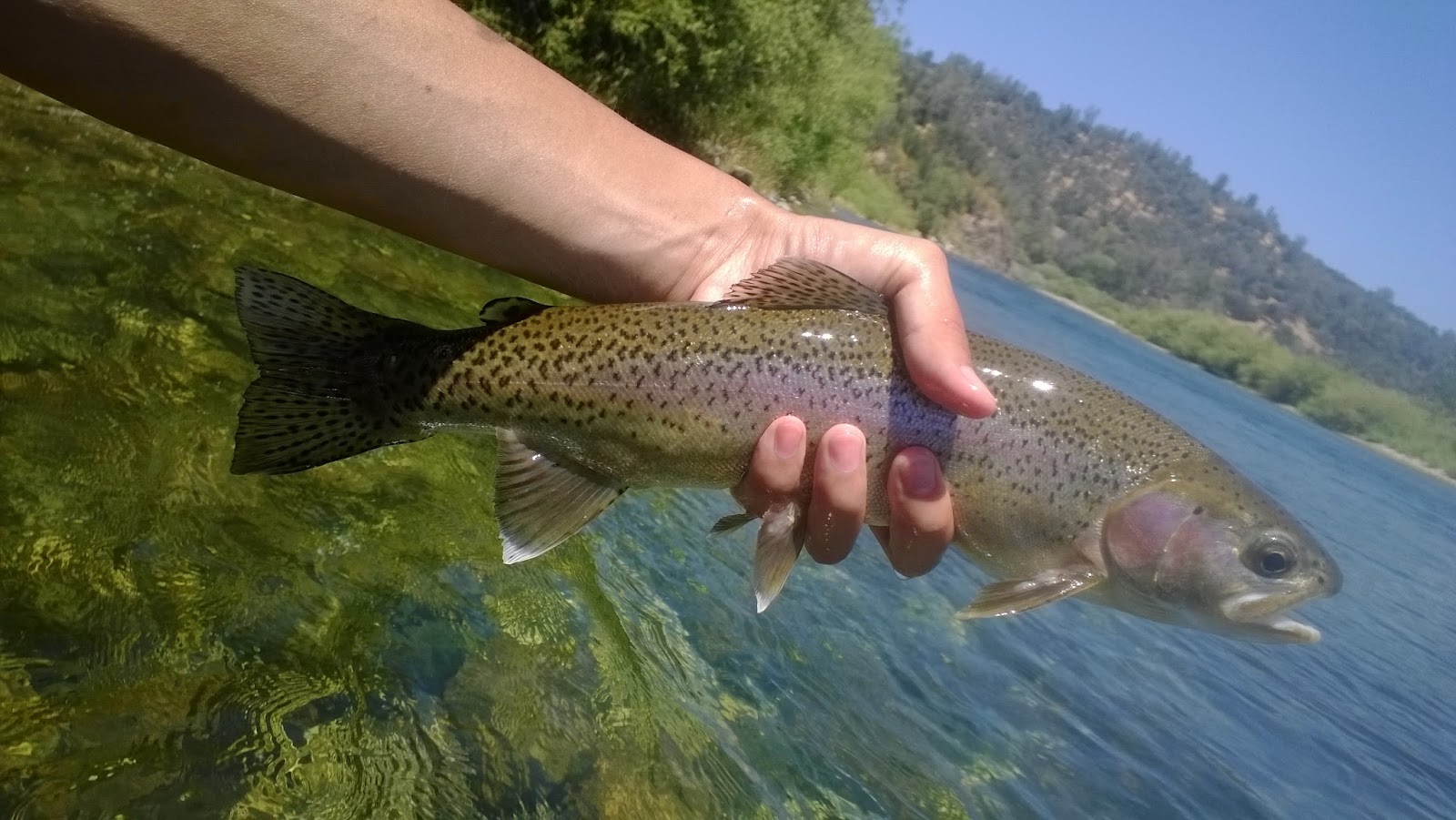 |
| Beautiful June Bow |
The fishing was good. Of all the fish I caught and landed, the same amount I lost. Four for four. During my time there I met two anglers out trying their luck as well, a gentleman named Gary and his friend. They came up to me after I had caught a few to figure out what the fish were eating. The ticket to a hook-up this morning was a caddis pupa with a PMD dropper. They were grateful for some juicy intel and hopefully their luck changed afterwards. More often than not, it is how you’re fishing your flies rather than what pattern you’re fishing. Cheers to the mighty Yuba!
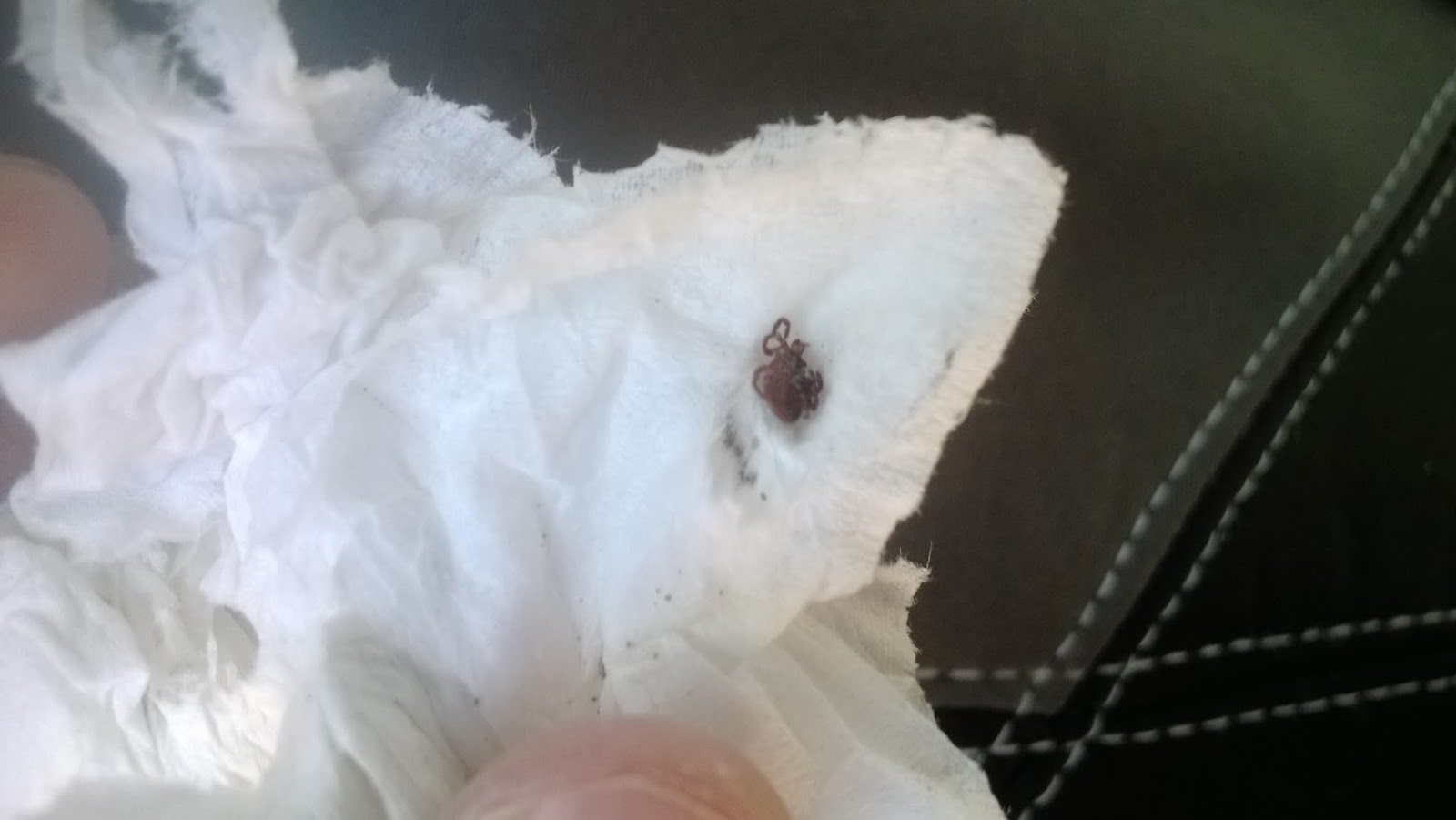 |
| Ticks. What Out For These Bastards |
